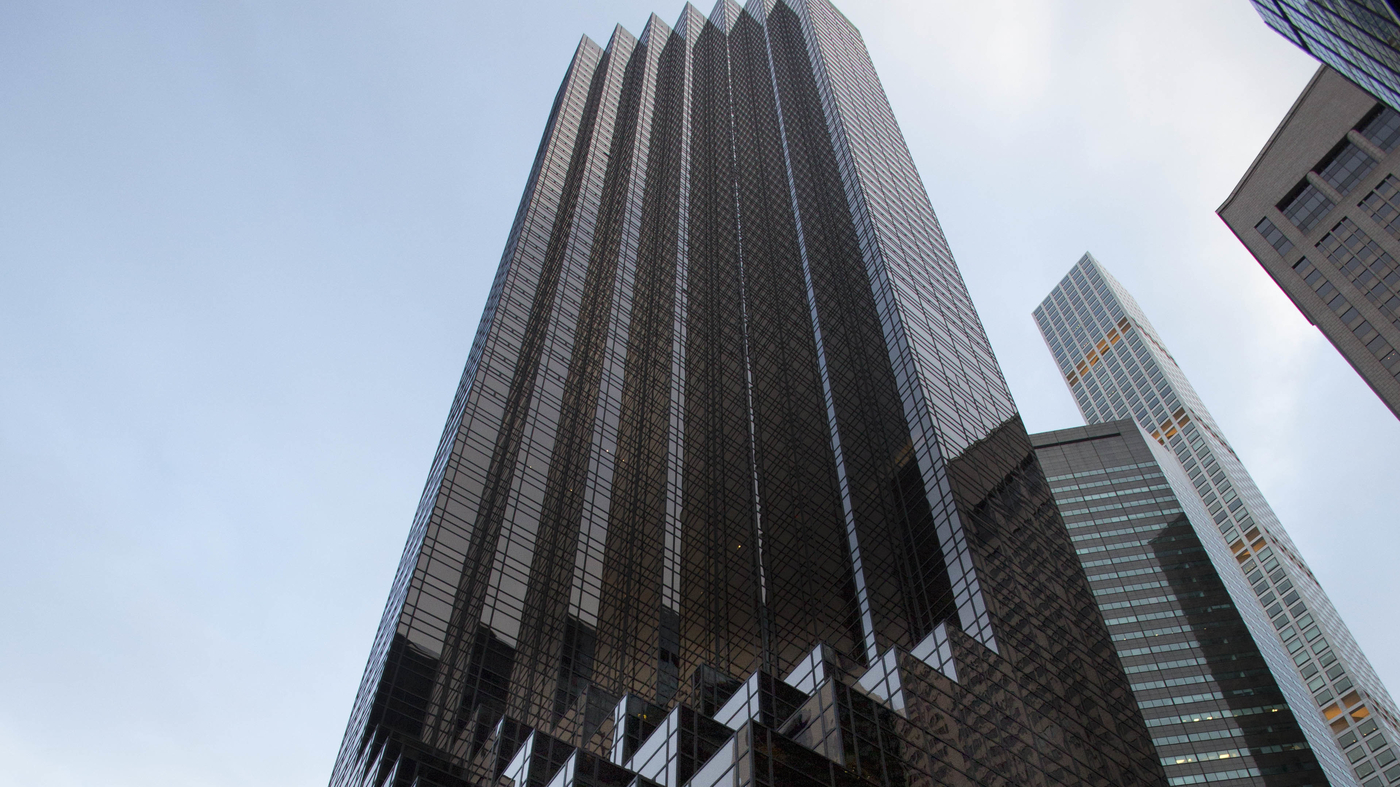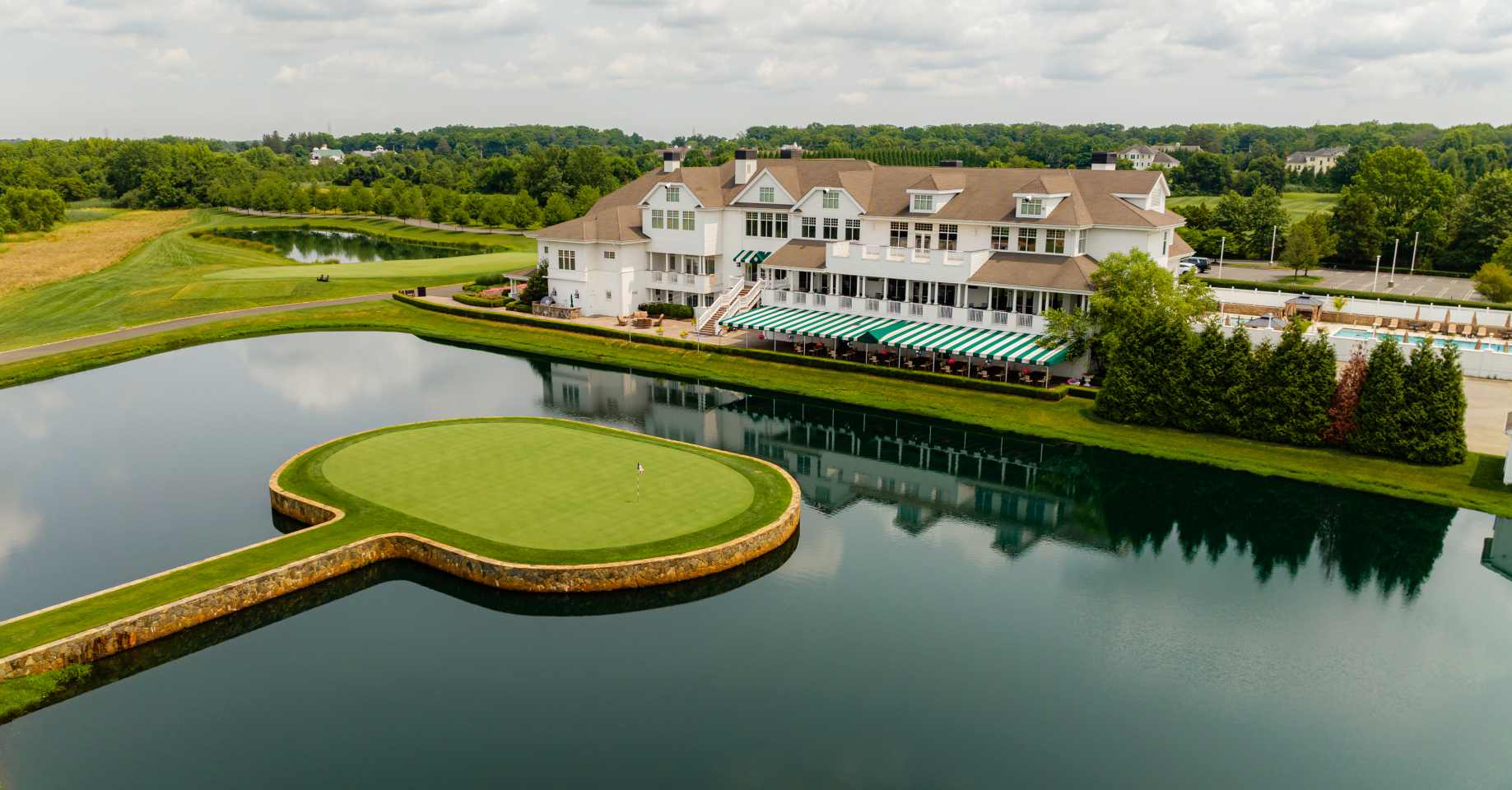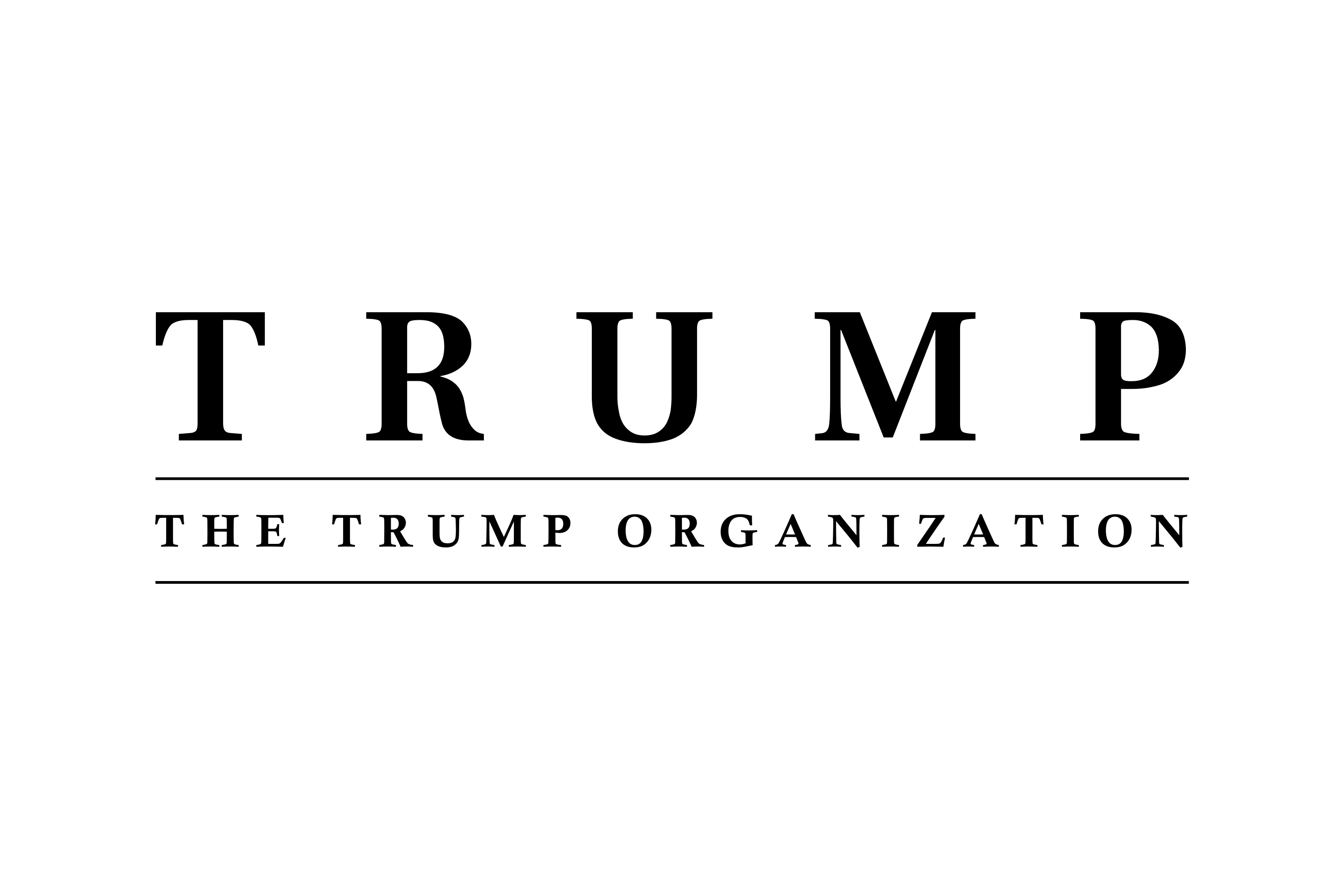A Humble Beginning
The story of The Trump Organization begins not with the glitz of Manhattan but in the modest neighborhoods of Queens, New York. Fred C. Trump, with a vision for providing housing for the working class, started his construction business in 1927. His approach was pragmatic, focusing on affordable housing during the economic hardships of the Great Depression. This foundation in real estate would set the stage for his son's grander ambitions.
The Rise of Donald Trump
When Donald J. Trump joined the family business in the 1970s, he brought with him an audacious plan to make a mark on the city's skyline. The renaming of the company to The Trump Organization in 1973 was more than a rebranding; it was a declaration of intent. Donald's first significant project, the transformation of the Commodore Hotel into the Grand Hyatt, showcased his vision for luxury in real estate.

The 1980s: Building Dreams and Casinos
The '80s were a time of expansion and spectacle. Trump Tower wasn't just a building; it was an emblem of what Donald could achieve. With its opulent atrium and prime location, it became a symbol of luxury. His foray into Atlantic City with casinos like Trump Plaza and Trump Taj Mahal displayed his knack for high-stakes ventures, though they would later test the resilience of his empire during economic downturns.
Weathering the Storm
The early '90s were turbulent. The real estate market collapsed, and his casino operations faced financial ruin. Yet, Donald Trump's narrative took a turn towards resilience. Through strategic bankruptcy filings, he managed to restructure debts, keeping the core of his empire intact. This period taught him invaluable lessons in negotiation and the art of bouncing back from defeat.

The Millennium: Diversification and Stardom
Entering the new millennium, Donald Trump understood the power of media and personal branding. "The Apprentice" was more than a reality show; it was a platform that showcased his business acumen to millions, reinforcing the Trump brand. His ventures expanded into golf with courses worldwide, and his name became a license for luxury, appearing on everything from hotels to home goods.
The Political Twist
When Donald Trump ran for President in 2016, The Trump Organization found itself under a global microscope. His presidency brought both unparalleled exposure and intense scrutiny. Despite placing the business in a trust, the intertwining of politics and business raised questions about conflicts of interest. However, the brand's visibility only grew, leading to new international developments.

Post-Presidency: New Ventures, Old Ambitions
After his term, Donald didn't retreat; he launched Trump Media & Technology Group, including Truth Social. This move was a testament to his adaptability and determination to remain influential, both politically and economically. The Trump Organization continued to expand, navigating through controversies with the same tenacity it was built upon.
The Core of Success
At the heart of The Trump Organization's success is a potent mix of branding, real estate savvy, and media mastery. Donald Trump's ability to turn his name into an asset has been unparalleled. His understanding of the power of perception, the art of the deal, and the importance of resilience in business has kept the company afloat through economic booms and busts.

Challenges and Controversies
The journey hasn't been without its dragons. The Trump Organization has faced numerous legal battles, bankruptcy filings, and ethical debates, especially highlighted during Trump's presidency. These challenges have shaped the narrative around the company, sometimes as much as its successes.
A Legacy in Motion
Today, The Trump Organization stands not just as a conglomerate but as a saga of ambition, adaptation, and the relentless pursuit of legacy. It's a story of how a family business evolved from bricklaying in Queens to a global brand synonymous with luxury, controversy, and the American dream. As The Trump Organization moves forward, it continues to be a fascinating study in how personal branding can redefine business, for better or for worse.
